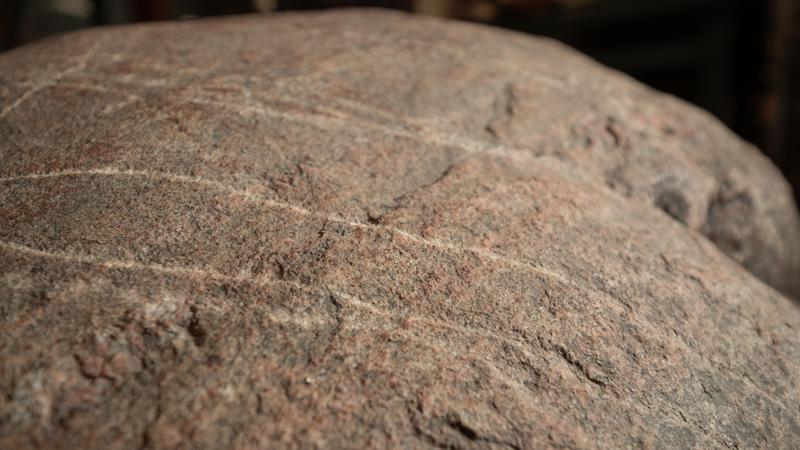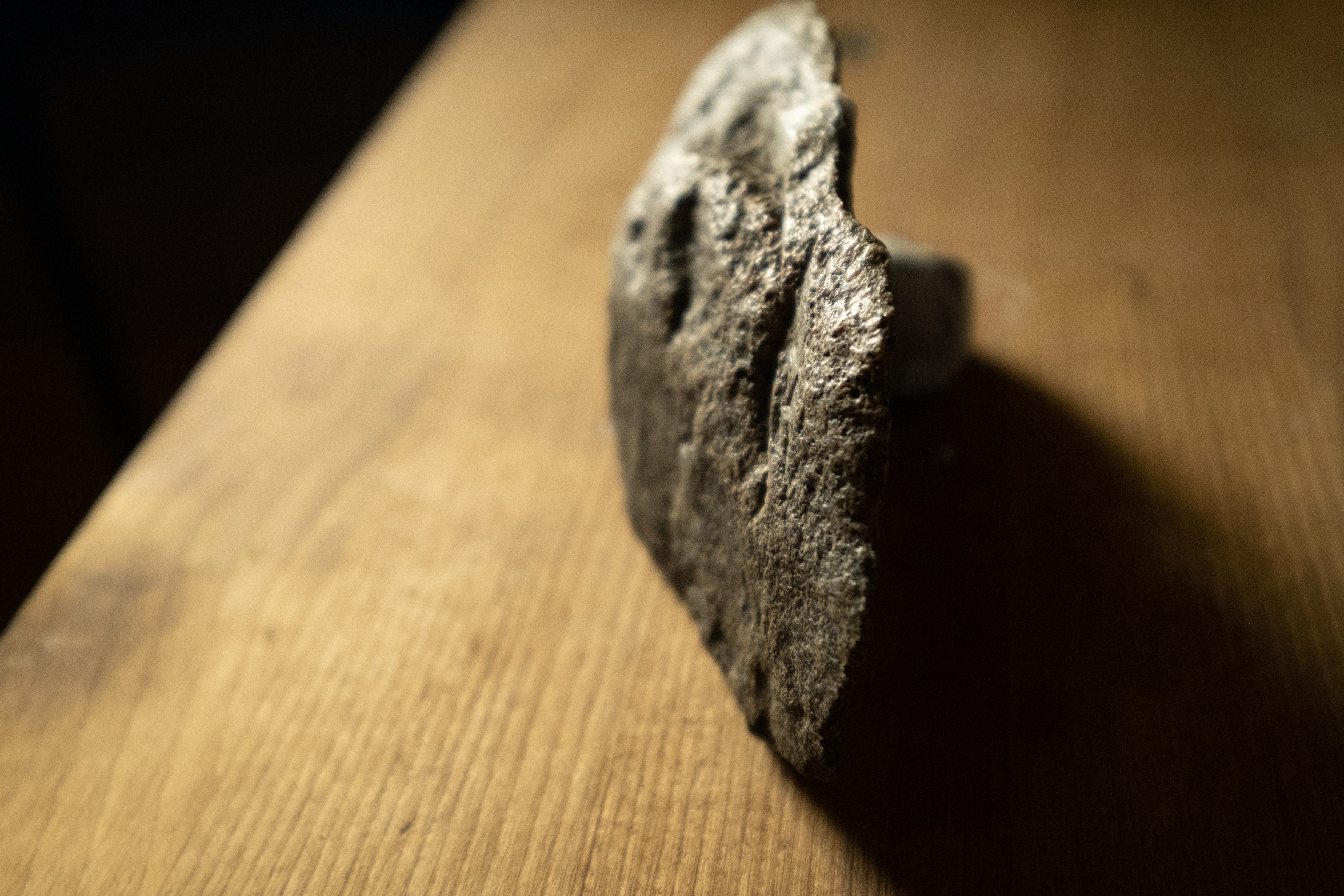
Thousand-year-old petroglyphs discovered at Wanuskewin
The actions of bison is being credited with a major archaeological find in Wanuskewin Heritage Park.
On Friday, park founder Dr. Ernie Walker announced the discovery of four boulders with prehistoric carvings known as petroglyphs along with a tool used to carve them.
 (Submitted Photo/Wanuskewin Heritage Park)
(Submitted Photo/Wanuskewin Heritage Park)In 2019, bison were reintroduced to their traditional lands, now Wanuskewin Heritage Park, after more than 150 years as part of a $40-million project that included conservation efforts to repopulate bison across North America.


